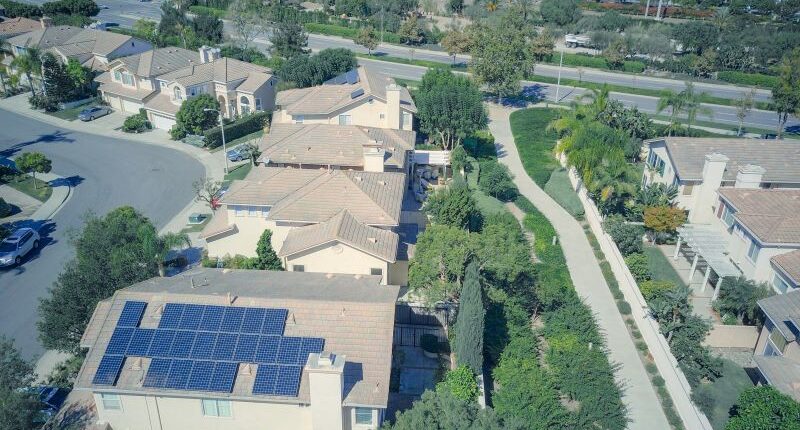- Disconnect found between tenant desires and upgrades made
- Tenant voices missing in decision-making
- Competing objectives could be hindering success of outcomes
The Australian Housing and Urban Research Institute’s (AHURI) new report, Sustainable social housing retrofit? Circular economy and tenant trade-offs, has found a difference between social housing tenants’ preferences for upgrades and the upgrades providers make.
It was revealed that while tenants were focussed on livability, with desired upgrades including solar panels and new carpet, actual upgrades made included draft sealing.
The research highlighted several challenges, including the perceived impact of high-cost-benefit upgrades, the competing interests of stakeholders, and the lack of tenant voices in the upgrade process; this made all the more poignant as new laws will soon come into effect, requiring all new housing to have a minimum 7-star energy efficiency rating and the fact that the nation’s ageing social housing stock, “… remains among the least energy efficient of all homes in Australia, contributing to significant carbon emissions,” said AHURI, in a statement.
Benefits may be less ‘visible’
Lead author of the research, Professor Emma Baker from the University of Adelaide said solar panels, new paint, carpet upgrades, and ceiling insulation are the most preferred retrofits by social housing tenants.
“However, our findings show that the types of upgrades to their housing that householders most want don’t necessarily align with the most efficient retrofit priorities and don’t align with the sort of upgrades that typically receive funding, apart from the installation of solar panels,’ said Professor Baker.
“Instead, the upgrades that may have the highest cost–benefit outcomes, such as draft sealing and ensuring electrical appliances are operating efficiently, were not highly desired by residents.”
Professor Emma Baker, University of Adelaide
“Often these options are less ‘visible’ and the benefits may not be immediately evident or well communicated to householders.”
No focus on tenant interests
Professor Baker said the problem stems from the different goals various stakeholders have: social housing providers may be largely motivated to assist their tenants in avoiding energy poverty; industry groups are focussed on sustainability outcomes; while many tenants want homes that are more liveable, efficient, clean and warm.
“These different, and often competing, objectives can limit successful outcomes; one example is the installation of reverse cycle air-conditioning, which helps tenants heat or cool their homes, but can lead to them having to pay very high power costs when poorly built houses aren’t insulated properly.”
She said typically tenant’s voices went missing during the process, even though they were the ones that were living in the properties.
Professor Baker also believes that including at least some acknowledgement of tenant preferences in the development of any social housing retrofit interventions would shift the focus of assistance, and the desired outcomes, towards livability.
Long-term funding focus
A longer-term funding pathway for social housing retrofit and quality upgrades would give social housing providers a clearer direction and allow for more considered and nuanced responses, together with longer-term planning or strategic coordination, Professor Baker said.
“Our research also finds that international best practice includes having minimum standards for all housing, including social housing buildings.”
“These minimum standards include a range of different housing elements such as window coverings, heating and cooling systems and other basic functions.
“In some jurisdictions, for example in New Zealand, these minimum standards are linked, not only to improving the quality of a dwelling but the wider social benefits that they deliver, such as improved health outcomes.”








